A blind pimple can be a real pain. It’s that painful, swollen zit that refuses to surface and not let you get on with your life. Luckily, there are many skin care products and treatments that can help get rid of a blind pimple quickly and effectively.
We will discuss various methods that can be used to get rid of a blind pimple, and which one is the most effective. We’ll also look at the efficiency of each method and discuss the potential side effects. So let’s get started!
What is a blind pimple?
Blind pimples can be very painful because they are located deep under the skin. They are also called closed comedones because they are covered by a thin layer of skin.
A blind pimple is different from a regular one because it does not have a whitehead. Also, this type of pimple is more likely to become infected. This is because the bacteria that cause acne can enter the pores and cause an infection.
It is important to treat blind pimples early to prevent them from getting worse. If left untreated, blind pimples can lead to scarring.

Top ways to get rid of blind pimples
There are several ways to get rid of blind pimples. The best method depends on the severity of the acne and the individual’s skin type.
Light therapy
Light therapy is a popular method for treating blind pimples. This treatment uses light to kill the bacteria that cause acne.
There are two types of light therapy for acne treatment: blue and red.
🔵 Blue light therapy is the most common type of light therapy. It involves exposure to blue light for some time. This light kills the acne-causing bacteria. In addition, it can also help to reduce inflammation.
🔴 Red light therapy is often used to treat inflammatory acne. This type of light therapy can help to reduce the redness and swelling associated with blind pimples. It is also used the combination of blue and red light therapy.
Light therapy is usually done in a dermatologist’s office but can also be done at home with a light therapy device. The number of treatments required depends on the severity of the acne.

Topical treatments
Topical treatments are applied directly to the skin and are often the first line of defense against blind pimples. These treatments can come in the form of gels, creams, or lotions. They work by killing bacteria, reducing inflammation, and preventing dead skin cells from clogging pores.
Benzoyl peroxide is a common topical treatment for blind pimples. It works by killing bacteria and reducing inflammation. It is available in different strengths, from 2.5% to 10%. Benzoyl peroxide can cause dryness and irritation, so it is important to start with a lower strength and increase as needed.
Retinoids are another type of topical treatment. They are derived from vitamin A and work by preventing dead skin cells from clogging pores.
But topical treatments can take time to work and may not be enough for severe acne. In these cases, other treatments, such as oral medications or light therapy, may be necessary.

Antibiotics
Antibiotics are a common treatment for blind pimples. They can be taken orally or applied directly to the skin. The most commonly prescribed antibiotics for acne are tetracyclines, erythromycin, clindamycin, and minocycline. These medications work by reducing the number of bacteria on the skin and preventing inflammation.
In addition, antibiotics can help to reduce the redness and swelling associated with blind pimples. However, they can also cause side effects such as dry skin, itching, and sun sensitivity. If these side effects are severe, the antibiotic may need to be discontinued.
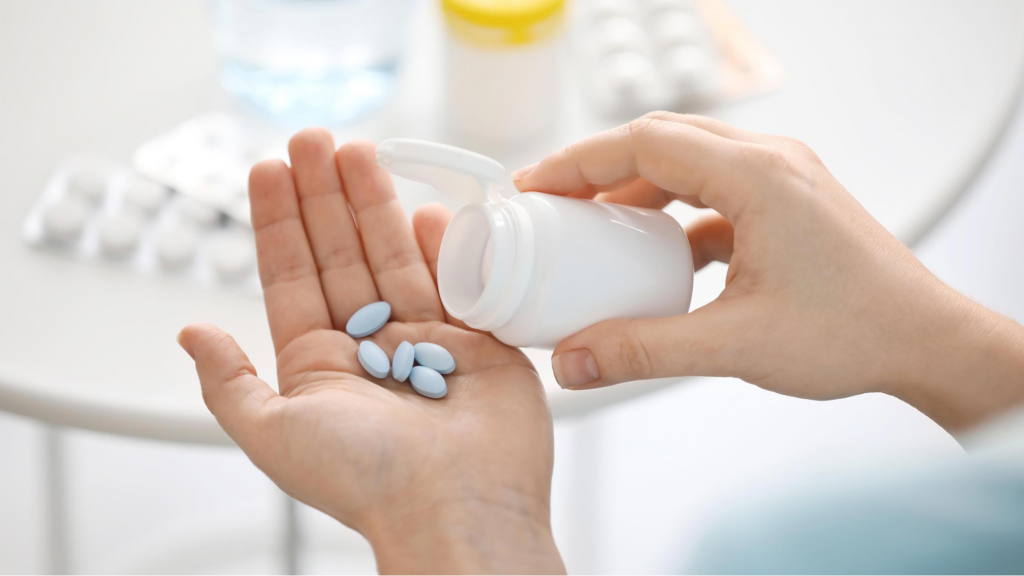
Pimple stickers
Pimple stickers are also known as pimple patches, acne stickers, or acne dots. They are small, round adhesive patches that are placed on the skin over a pimple.
Pimple stickers work by absorbing the oil and pus from a pimple, which reduces its size and redness. They also protect the pimple from bacteria and dirt, which can prevent further irritation.
However, based on customer feedback, pimple stickers are not always effective and can sometimes cause more irritation. So, it is best to test them on a small area of skin before using them on the face.
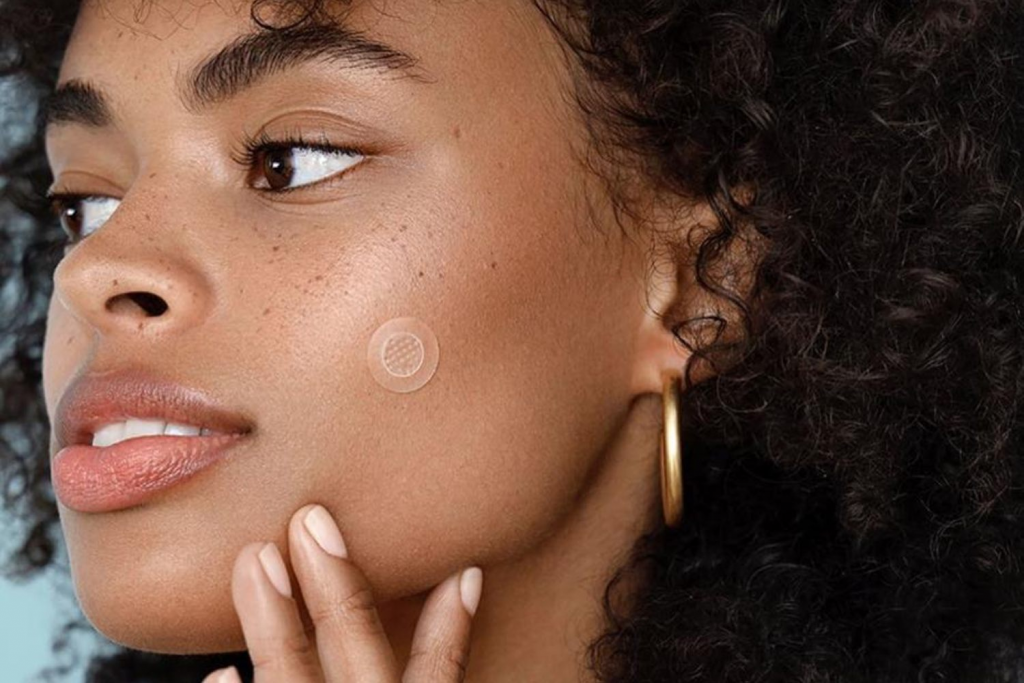
How does light therapy help blind pimples?
Blind pimples are a type of acne that can be very difficult to treat because they are deep within the skin and often do not respond well to traditional treatments like creams or gels.
Light therapy is a new and promising treatment option for blind pimples.
Blue light therapy (450-495 nm) works by destroying the acne-causing bacteria that live within the pores. Also, it balances sebum production without overdrying the skin. An increase in sebum production is one of the main causes of acne. And finally, blue light also reduces inflammation and redness, which is an important benefit when you’re battling blind pimples.
Red light (620-750 nm) is also anti-inflammatory, so it is often used in combination with blue light for acne and blind pimples. Red light also helps speed up the healing process of the skin, as well as the regeneration of collagen and elastin, which can be very useful in the treatment of acne scars.

Light therapy is suitable for all areas of the body and is most effective in treating mild to moderate acne. Treatment usually lasts two to four weeks, and most patients require a series of three to five visits. The number of treatments you need depends on your skin type and the severity of acne. It is also recommended to carry out subsequent sessions from time to time to preserve the results.
The effectiveness of light therapy in treating blind pimples based on clinical trials
Light therapy is a popular treatment for acne and blind pimples. But does it work? Below, we take a look at the scientific evidence to find out.
The study [1] included 21 patients with mild to moderate facial acne who were treated with blue light therapy. All patients received treatment twice a week for 4 weeks. The results showed a significant improvement in skin condition. The number of inflammatory and non-inflammatory lesions decreased by an average of 60%.
In the next study [2], 28 patients with mild to moderate acne were treated with handheld devices emitting red light. Phototherapy was performed for 15 minutes twice a day for 8 weeks. As a result, the improvement in the number of non-inflammatory and inflammatory lesions was about 70%. Visually, rashes with acne decreased by 1,5 times.

Another study [3] includes three pieces of research to investigate the clinical effects of narrow-band light on acne. The studies involved 10, 13, and 23 patients, respectively. The result showed an over 80% response to acne phototherapy with a significant reduction in inflammatory acne lesions by 59-67% after just 8 treatments of 8-15 minutes.
A combination of red and blue light is often used to treat acne, which has a proven antimicrobial effect. Below is an example of a study that shows the effectiveness of this treatment.
A study [4] involved 24 patients with mild to moderate facial acne; they were treated with LED devices with alternating blue (415 nm) and red (633 nm) light. The treatment was carried out twice a week for 4 weeks.

What is the most effective way to get rid of blind pimples?
🔴 Light therapy is a great option for people who regularly get blind pimples. This method is effective for moderate to severe acne. The light will soothe the pain and reduce the redness and size of the pimple. However, if you have sun sensitivity, then you should not use this method.
🧴 Topical treatments are used for mild to moderate acne. This method helps normalize the shedding of dead skin cells and reduces inflammation. Also, it has the added benefit of improving hyperpigmentation, which is a common post-acne effect. However, they should be used with caution in patients with or higher.
💊 Antibiotics are usually prescribed for moderate to severe acne. This method improves skin conditions by stopping the growth of the acne-causing bacteria, Propionibacterium acnes. But, they can also kill good bacteria. So, you should only use this method if you have a lot of pimples. Also, it is worth considering that antibiotics are only used for a short period.
🩹 Pimple stickers are most beneficial for sensitive skin and patients with mild acne. They generally do not dehydrate the skin or leave it flaky compared to harsher acne treatments using salicylic acid and benzoyl peroxide. However, before buying, make sure that you are not allergic or sensitive to the ingredients contained in the stickers.
How to prevent blind pimples
Blind pimples are those annoying red or white bumps that pop up and don’t have a head. They’re usually accompanied by pain and can last for weeks. While they’re not dangerous, they can be quite painful and cause permanent scarring if not treated properly.
There are a few things you can do to help prevent blind pimples:
- Wash your face twice a day with a gentle cleanser. Avoid scrubbing too harshly, as this can irritate the skin and lead to breakouts.
- Exfoliate once or twice a week to remove dead skin cells and help prevent clogged pores.
- Use a light, oil-free moisturizer to keep your skin hydrated.
- Avoid touching or picking at your face, as this can cause irritation and lead to scarring.
- If you wear makeup, be sure to cleanse your face before bed and avoid sleeping with your makeup on.
- Use non-comedogenic sunscreen to help protect your skin from the sun.
- Wash your pillowcases often (at least once a week).
- See a dermatologist if you have persistent breakouts. They can prescribe medication to help clear your skin.
With a little care and prevention, you can help keep blind pimples at bay!

Summary
Blind pimples are small, hard bumps that can appear on the skin with or without a head. They’re most commonly found on the face and neck but can also crop up on the chest, back, and even behind the ears. Blind pimples are similar to regular pimples but they’re much more difficult to get rid of.
There are many different treatments available on the market but not all of them are effective. Some people opt for natural remedies while others choose to use medications.
One of the most popular treatments for blind pimples is light therapy. This involves using a device that emits light to kill the bacteria that cause acne. Also, light therapy can help to reduce inflammation and swelling. However, make sure to consult with a doctor before using this method as it may not be suitable for everyone.
FAQ
🤔 What is a blind pimple?
A blind pimple is a type of acne that forms when oil and dead skin cells block the pores, causing an infection. Blind pimples can be painful because they’re located deep under the skin.
🔎 How do you get rid of a blind pimple?
The best way to get rid of a blind pimple is light therapy, which can help to reduce inflammation and kill the bacteria that are causing the infection. You can also try applying a warm compress, topical treatments, or antibiotics.
🗓 How long does it take for a blind pimple to go away?
Blind pimples can take anywhere from a few weeks to a couple of months to heal. However, if you treat them early with light therapy, you can speed up the healing process.
📍 Can you pop a blind pimple?
No, you should not try to pop a blind pimple. This can lead to further infection and inflammation.
🧐 Are blind pimples dangerous?
No, blind pimples are not dangerous. However, if you try to pop them or touch them too roughly, you could end up with a scar. If the pimple is accompanied by fever, chills, or other symptoms of infection, see a doctor right away.
Sources
- Sadia Ammad, Maria Gonzales, Chris Edwards, Andrew Finlay, Caroline Mills. An assessment of the efficacy of blue light phototherapy in the treatment of acne vulgaris. – J Cosmet Dermatol. 2008 Sep;7(3):180-8. DOI: 10.1111/j.1473-2165.2008.00386.x.
- Jung Im Na, Dae Hun Suh. Red light phototherapy alone is effective for acne vulgaris: a randomized, single-blinded clinical trial. – Dermatol Surg. 2007 Oct;33(10):1228-33; discussion 1233. DOI: 10.1111/j.1524-4725.2007.33258.x.
- Monica Elman, Michael Slatkine, Yoram Harth. The effective treatment of acne vulgaris by a high-intensity, narrow-band 405-420 nm light source. – J Cosmet Laser Ther. 2003 Jun;5(2):111-7.
- Seung Yoon Lee, Chung Eui You, Mi Youn Park. Blue and red light combination LED phototherapy for acne vulgaris in patients with skin phototype IV. – Lasers Surg Med. 2007 Feb;39(2):180-8. DOI: 10.1002/sm.20412.
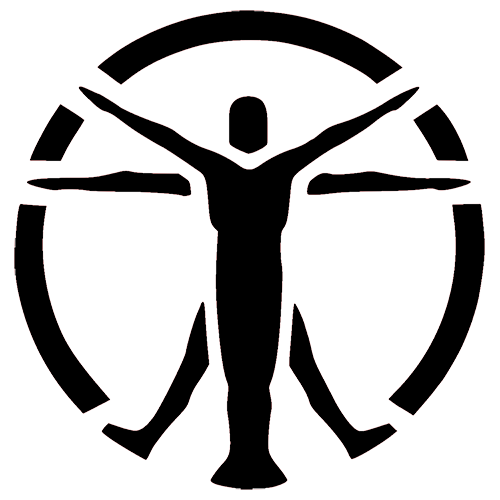
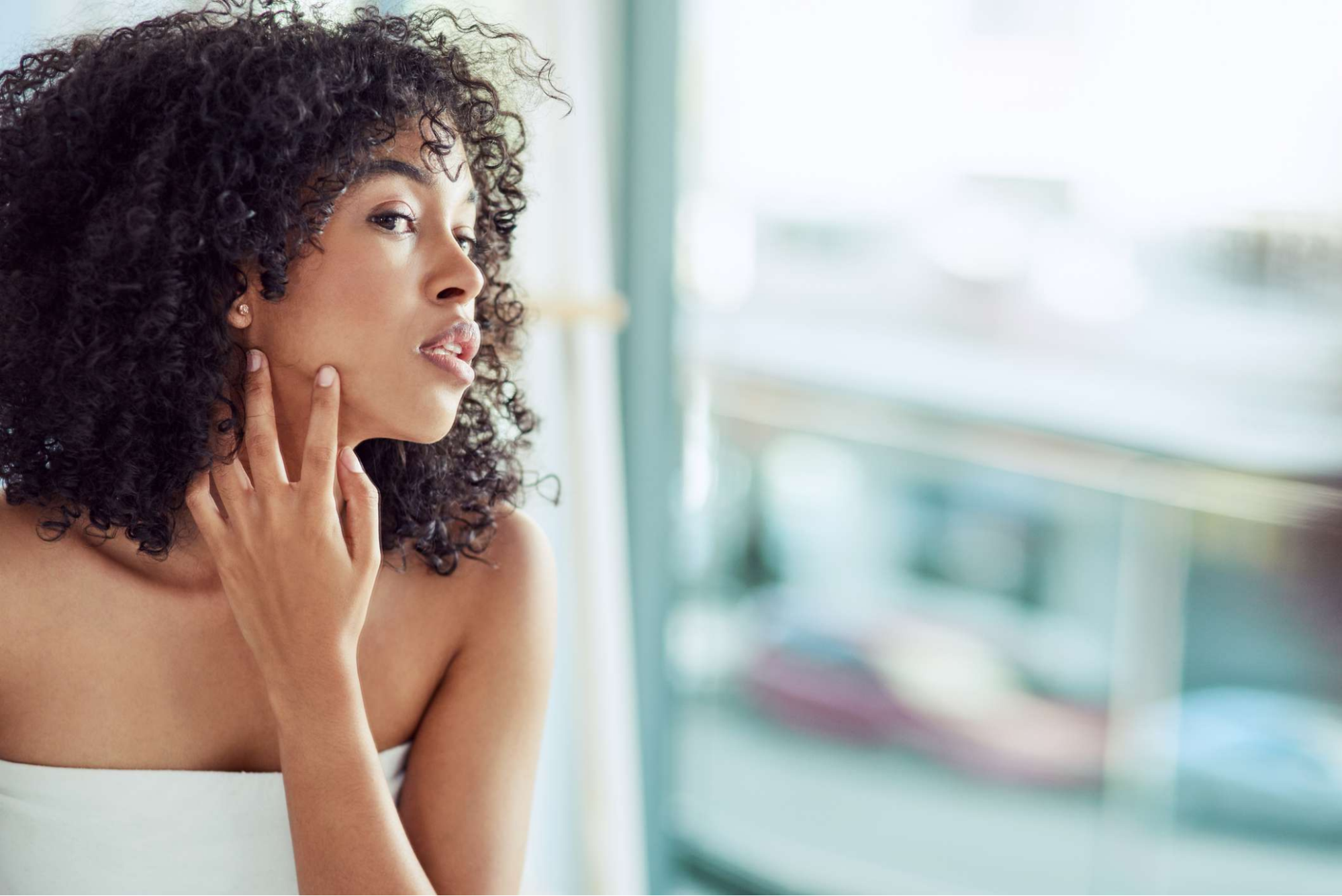
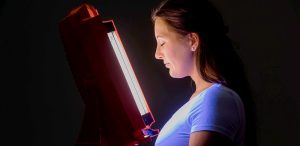
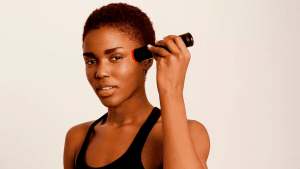
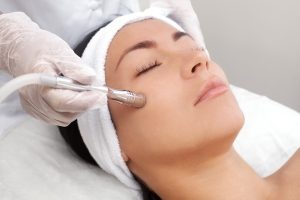

Yes, I agree with the thoughts of the writer that choosing the right medication is the best way to get rid of acne and pimples completely.